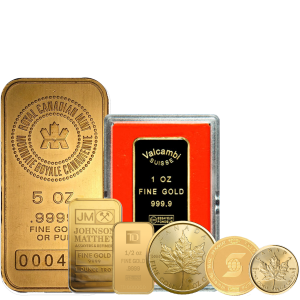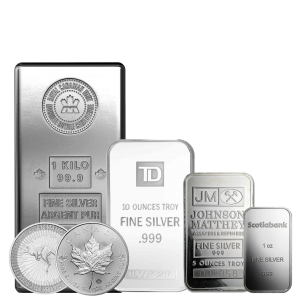Get a Free 1 oz Silver Round with Your First Order Over $199!


Free shipping on orders $149+
Live Prices:
Back
What Are the Differences Between Investing in Platinum and Gold?
May 13, 2025
Price Comparison
It is essential to keep in mind that the prices of one ounce of gold and one ounce of platinum are not the same. In the past, prices have been increasing. Currently, an ounce of gold costs more than an ounce of platinum. The need to store gold for assets, central banks, and jewellery all contributes to keeping gold prices stable.
Supply and Demand
- • The demand patterns for gold and platinum are very different from one another. The demand for gold is driven by the jewellery industry, the reserves of central banks, and physical investments such as gold bars and coins. Investors have easy access to bullion bars, sovereign coins, and exchange-traded funds (ETFs).
- • Moreover, more than half of the demand for platinum comes from industrial uses, with automobile catalytic converters being the main contributor. It is used in chemical equipment, medicinal devices, and jewellery. Platinum prices show more variability as they are affected by industry developments, legislation, and global output.
The Rarity
Remarkably, platinum is rarer than gold. Platinum is extracted from fewer locations. Most of it is mined in South Africa and Russia, which creates political issues. Though rare, gold can be discovered in many locations, which supports the legitimacy of its supply chain.
Risk and Volatility
- • Gold has a price pattern that is relatively stable and is influenced by macroeconomic variables such as interest rates, inflation, and currency fluctuations. Compared to the prices of other commodities, gold's price is also more steady. Even though investors follow the short-term oscillations of the price of one ounce of gold, many buyers prefer the price because of its long-term stability.
- • Platinum prices are rather erratic and influenced by several elements, including economic situations, environmental rules, and vehicle trends. The limited supply chain and industrial sector demand cause platinum oz prices to be rather erratic.










